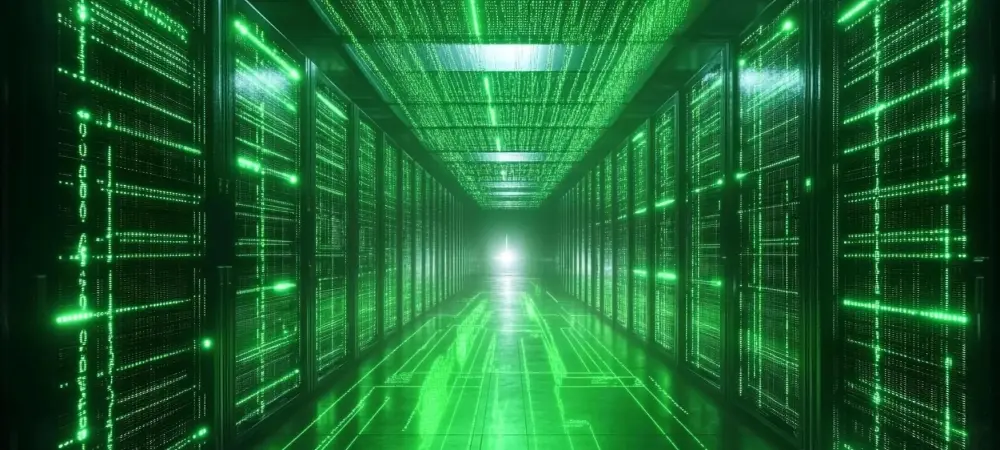In today’s digital landscape, where the demand for efficient computational power is ever-increasing, harnessing sustainable energy sources has become vital. The emerging trend of AI Greenferencing—integrating AI operations with renewable energy like wind power—addresses the growing energy consumption of AI workloads. This approach signifies an innovative shift, offering potential relief to overstretched power grids and contributing to sustainable development within data centers.
The Rising Importance of Sustainable Practices
The tech industry’s exponential growth is paralleled by increased energy demands, particularly from AI workloads. As these demands intensify, the need for sustainable practices is becoming crucial. Data centers, a core component of digital infrastructure, are significant energy consumers. Consequently, adopting AI Greenferencing addresses both the urgency of energy efficiency and the pursuit of sustainability in technology. By prioritizing renewable energy, data center operations can achieve significant reductions in carbon footprints, supporting broader ecological goals.
Evolution of AI Greenferencing
Growth Trends and Adoption
AI workloads are notorious for their intensive energy consumption, placing tremendous pressure on traditional power grids. This reality drives data centers to explore renewable energy solutions. Recent data reports highlight a noticeable uptick in renewable energy integration within data centers, illustrating a shift toward environmental responsibility. The adoption stats reflect a growing momentum, underscoring the industry’s commitment to embracing sustainable practices. Companies are increasingly recognizing the viability of colocating data centers with renewable energy sources to mitigate grid dependencies.
Real-world Applications and Case Studies
Prominent companies such as Microsoft exemplify the practical implementation of AI Greenferencing. Their efforts in deploying modular data centers at wind farms illustrate the possibility of aligning AI operations with sustainable energy sources. These initiatives demonstrate the effective use of renewable energy while minimizing traditional grid reliance. Through successful case studies, such as the colocation of compute clusters with renewable sources, the tech industry is charting a course for innovative approaches that embody sustainability while enhancing operational efficiency.
Expert Insights and Industry Perspectives
Interviews with industry experts reveal multifaceted insights into AI Greenferencing’s potential. Thought leaders emphasize the transformative impact this trend could have on energy efficiency within data centers. Challenges such as regulatory compliance and logistical considerations are acknowledged, but so too are the opportunities for pioneering energy strategies. Experts also outline how AI Greenferencing could evolve, highlighting its significant role in shaping the future of sustainable data center operations. Their perspectives provide a nuanced understanding of both the hurdles and possibilities facing the industry.
Future Outlook and Implications
Looking ahead, the development of AI Greenferencing technology anticipates considerable benefits, including reduced dependency on traditional power grids and elevated sustainability. Potential challenges, such as engineering obstacles and compliance with varied regulations, will need addressing. Nevertheless, the trend promises a paradigm shift for AI operations, advocating a future where data center energy consumption aligns with environmental objectives. This model could redefine energy infrastructure, fostering a symbiotic relationship between AI deployments and green energy, thereby spearheading sustainable progress in the digital era.
Conclusion and Call to Action
AI Greenferencing has emerged as a transformative concept, offering substantial benefits for sustainable data center operations. By integrating renewable energy with AI workloads, significant strides have been made toward reducing grid dependency and enhancing energy efficiency. As the trend advances, stakeholders are encouraged to engage proactively in refining these practices, promoting a collaborative effort to align technological growth with ecological imperatives. The pursuit of ongoing innovation and sustainable development remains imperative for achieving a balanced and sustainable technological future.

